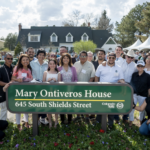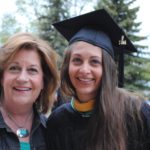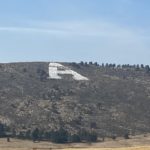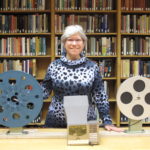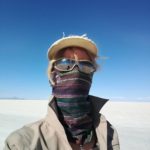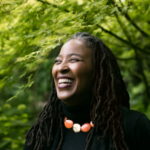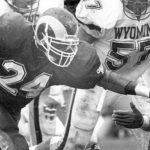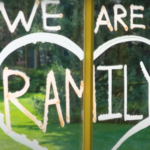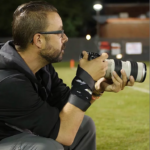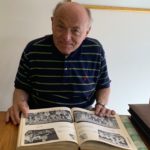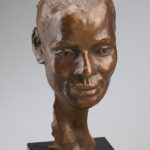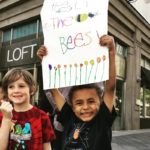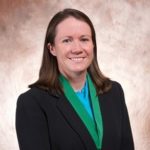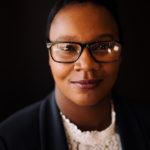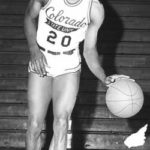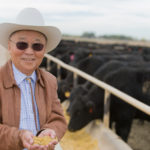By Ann Gill (M.A., ’76)
The small number of African American students enrolled at CSU in the late 1960s left indelible marks on this institution, creating better educational opportunities and a more equitable environment for all who came after them. No one gave more to this effort than Vivian (Lee) Kerr (B.S., ’69; M.Ed., ’77).
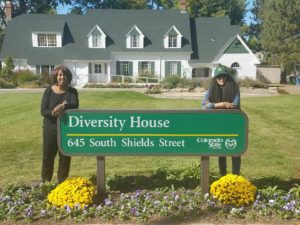
When she came to campus in 1965, Vivian encountered a number of “firsts.” Unlike her home in Newark, New Jersey, the students and faculty at CSU were nearly all white, as were prevailing attitudes. Black students were excluded from social organizations and not welcome in particular spaces on campus and in the community. The curriculum did not reflect the history and contributions of African Americans.
Inspired in part by civil rights protests around the country, she and other black students risked much, and for some, their athletic scholarships, to speak out and seek change. In 1967, they formed the Black Student Alliance. Together with the Mexican-American Committee for Equality, they presented demands to the administration and State Board of Agriculture. They forced the University to listen, resulting in a task force formed to review their demands.
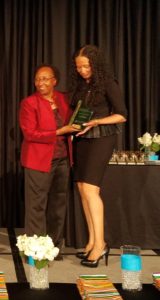
Vivian also helped create Project GO in 1968. The first group of Project GO students were black; they enrolled fall semester of 1968. Courses in African American history and literature, as well as the psychology of prejudice were added to the curriculum that year. Over the next several years, larger and more diverse recruitment classes of GO students enrolled at CSU, and the University hired a full-time director and staff.
Vivian married Floyd Kerr (B.S., ’69; M.Ed., ’76) in the summer of 1969, and they went where his basketball career took him, including Phoenix and Belgium. When Rams’ coach “JJ” Williams asked Floyd to be his assistant, the Kerrs returned to CSU in 1974. Floyd was the first black basketball coach at CSU. Vivian worked in Financial Aid, the first black person to do so. She joined forces with Mary Ontiveros in Admissions to rethink Project GO, which was not accomplishing all they had hoped it would. They split it into two separate programs ̶ Black Student Services and El Centro Chicano. Vivian became the first director of Black Student Services and did an extraordinary job. She gave BSS visibility, developed an effective paraprofessional support program, and created an annual fall retreat for new students.
She also authored the original federal grant that created the Academic Advancement Center and later wrote the renewal application. She wisely planned the Center as a joint operation between the academic sector and student affairs. This allowed the Center to hire individuals who could teach courses as well as provide student services. It offered all CSU students services similar to those provided by Black Student Services.
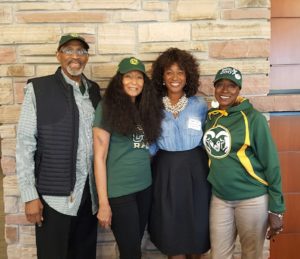
When Floyd was hired as Athletic Director at Southern University in Baton Rouge, Vivian was hired to create an art museum on their campus. She remains its director. To celebrate Black History Month 2019, she opened a Romare Bearden (Harlem Renaissance artist) exhibit and hosted “An Evening at the Cotton Club” gala event. The CSU Alumni Association celebrates Black History Month by acknowledging our history and honoring Vivian, Floyd, and all black students in the late 1960s who helped make CSU a better place for all.











